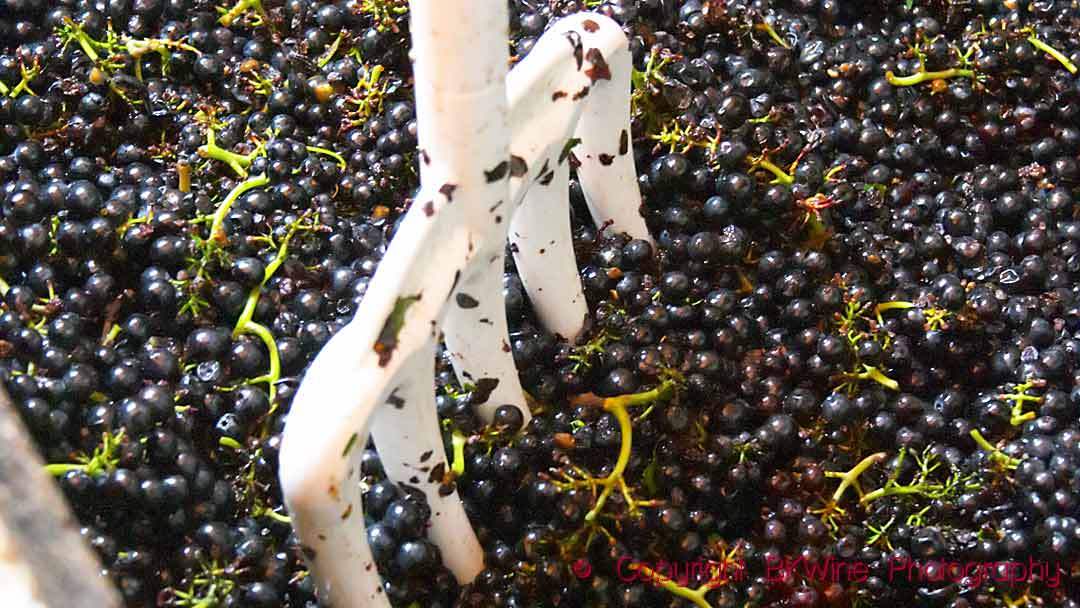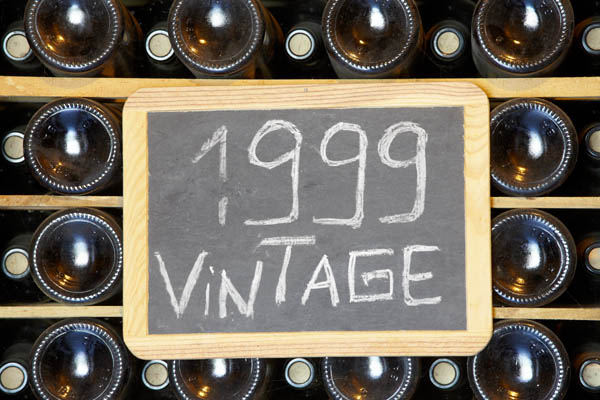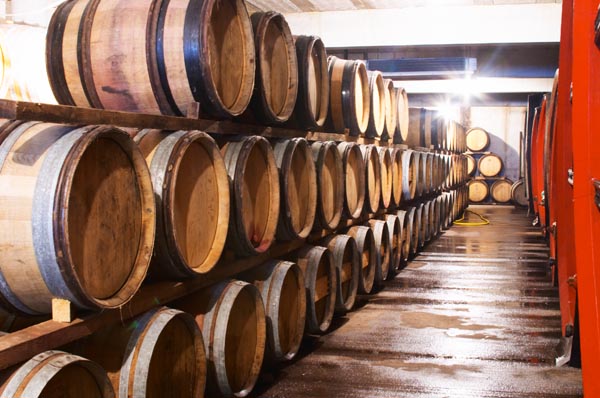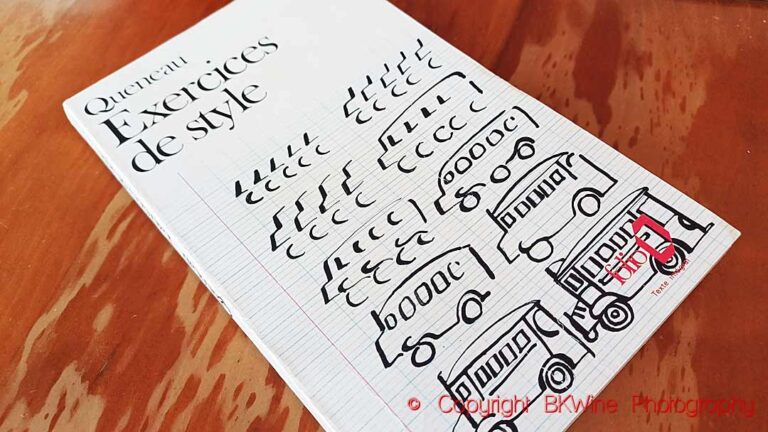To the barricades! More tannins to the people!
How do you explain the difference between a “quality wine” and a “simple” wine? Try it yourself and you will see how difficult it is.
Or ask people who have faced the challenge to tell the difference between a simple wine and a better wine in a blind test. They will tell you that it is not as obvious as you may think. Not even when the cheap wine was bought for 1.90 euro and the expensive one for 25 euro. Think of the body, I say. The feeling in the mouth, the fullness, the after-taste. It is all about structure.
If you like a wine or not is a matter of taste no matter what price or quality we are talking about. I think (but I could be wrong) that the structure of a wine can be judged a little bit more objectively. A quality wine has a good acidity. The wine feels fresh and lively. A red quality wine has tannins. Either they sit discreetly in the background, or they have a more prominent place. Lack of tannins in a red wine can be compensated for by a fine, juicy fruit, like in a Beaujolais.

I myself am a tannin person. I like tannins. When French producers say, as they do on a regular basis, that wine consumers are losing their appreciation of tannins (they blame the New World’s warm climate wines for that), then I get worried. It makes me want to stand on the barricades and shout from the roofs “more tannin to the people!”
Now, the problem is that “people” do not really want tannins. At least not those who drink cheap wine. They want soft, jammy wines, preferably with some sweetness. The sweetness can be imagined (e.g. high alcohol gives a sweet sensation in the mouth) or it can be real. Often, it is real; many simple red wines have 10 grams or more of residual sugar.
But the preference for soft, round wine continues even in the higher price ranges. Just look at the success of Amarone, a wine that often has 7-8 grams of residual sugar. Now, admittedly, a wine can handle some sweetness if the tannins are there. I have tasted vintage ports with 100 grams of residual sugar with tannins that made the wine seem almost dry.

What the consumer wants the consumer gets, so wine producers today are totally dedicated to getting “soft” tannins in their wines. Tannin is by definition something astringent, bitter. But now they have learned how to make the astringency soft. And by all means, it is nice not to have sandpaper in your mouth. But it must not go too far. To “work” with the tannins during the vinification, to ensure that they are integrated into the wine, has become one of the winemaker’s most important tasks. The tannins must not disturb the wine drinker.
But I want to be disturbed!

Tannins are present in the grape skin, the pips and the stalks. So throughout the vinification process the winemaker makes this huge effort to avoid astringency in the wine. And then he puts the wine in oak barrels. And what happens? Bright and shiny new tannins appear!
These come from the oak barrels and they are important. They help, among other things, to improve the colour stability in the wine. And thanks to the chemical reactions that take place between tannins and anthocyanins the wine will actually be perceived as softer after it has spend time in the barrel.
So the softness of the wine is not in danger.
Unfortunately!
And you? How do you like your tannins?
[box type=”info”]Do write your comments below! This is also one of the subjects that we discuss with winemakers on our wine tours. Why not join us on a BKWine tour?[/box]











4 Responses
I certainly agree. More tannin (and acidity) to the people!
Thanks for your comment. And you are right, acidity is just as important.